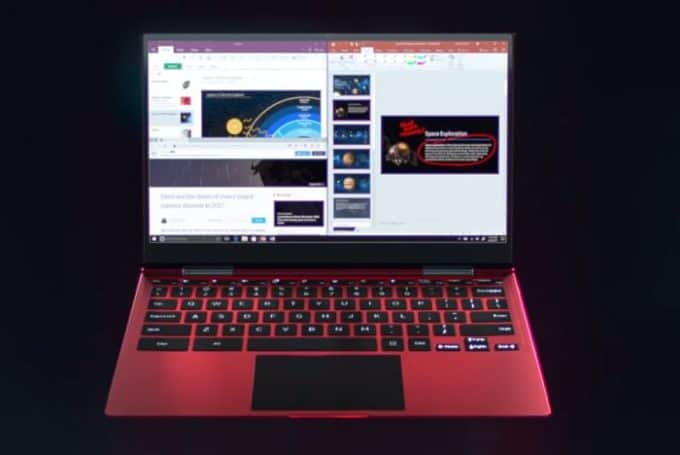
Tech companies have been working toward delivering “always on,” and “always connected” computers for years. Now they’re kind of here… but it’s unclear how big a market there is for them.
The first Windows 10 on ARM computers with Qualcomm Snapdragon 835 chips started shipping earlier this year and promised super-long battery, quick resume from sleep, and always-connected capabilities thanks to an integrated 4G LTE modem. But they were so sluggish that it was hard to justify the relatively high price tags.
Recently we started to see new models with faster Qualcomm Snapdragon 850 chips. And next year we should see laptops, tablets, and convertibles with the even-faster Snapdragon 8cx, which the company says is competitive with Intel’s Core i5 chips.
That’s exciting for folks hoping for thin, light, and fanless devices with all-day battery life. But it remains to be seen whether people really care about the cellular capabilities.
Not only does an integrated 4G (or 5G) modem drive up the cost of the hardware, but in most markets you’ll either need to sign up for a new cellular data plan or pay extra to add a laptop or tablet to your account.
In the US those plans can be expensive and come with restrictions on usage (including data caps and/or limits on what you can actually do with your data).
Say you pay $800 for the Lenovo Yoga C630, a 13 inch convertible notebook with a Snapdragon 850 processor, 8GB of RAM, and a 128GB solid state drive. What you get is a 2.9 pound convertible PC that’s a bit slower than most Intel-powered laptops for most tasks, is completely incapable of running some applications altogether, but which should offer speedy boot and resume times, long battery life, and the ability to connect to the internet and stay connected whether you’re at home, at work, or on the go.
But to get those always-connected features you’ll also need to sign up for a data plan with a wireless carrier and pay a monthly fee. Verizon charges $20 per month for 2GB of data, which doesn’t sound too bad… but odds are you’ll burn through it pretty quickly if you use your computer the same way with mobile data that you’re used to using it over WiFi. Watch a few Netflix videos and say goodbye to your $20. Want to upload a 4K video you shot with your camera to YouTube? Good luck.
You can pay for more data, but the prices get pretty crazy at the high end:
- 2GB for $20/month
- 4GB for $30/month
- 6GB for $40/month
- 8GB for $50/month
- 10GB for $60/month
- 12GB for $70/month
- 14GB for $80/month
- 16GB for $90/month
- 18GB for $100/month
- 20GB for $110/month
- 30GB for $185/month
- 40GB for $260/month
- 50GB for $335/month
- 60GB for $410/month
- 80GB for $560/month
That’s just Verizon. Other US carriers have different plans, and many other countries treat mobile data differently.
But while I’m kind of excited to see if Qualcomm and other ARM processor makers can give Intel and AMD a run for their money in the PC market in the future, I’m much more interested in what it means for competitive pricing and features (like low power consumption and performance-per-watt) than I am about the “always-connected” capabilities. And that’s because I just can’t see myself paying the monthly data charges to keep using an always-connected PC.
If Qualcomm can deliver on its performance promises, I could maybe see enterprise customers buying a bunch of always-connected PCs and handing them out to their road warrior sales teams, field workers, or other employees who spend a lot of time out of the office. But I doubt I’m the only consumer/end user unwilling to foot the bill for another data plan.
In fact, I know I’m not alone. Engadget spoke with folks at Lenovo and Qualcomm and found that most of the customers for existing always-connected PCs are buying them for the battery life, not the 4G LTE features.
Maybe US wireless carriers will change the way they charge for data in the future, making the proposition of always-connected computers more attractive. But for now I’m happy to use my phone for incoming messages at all hours and just switch to my laptop when I want a bigger screen and keyboard. From time to time when I do need to get some work done and WiFi isn’t an option, I can use my phone as a hotspot.


